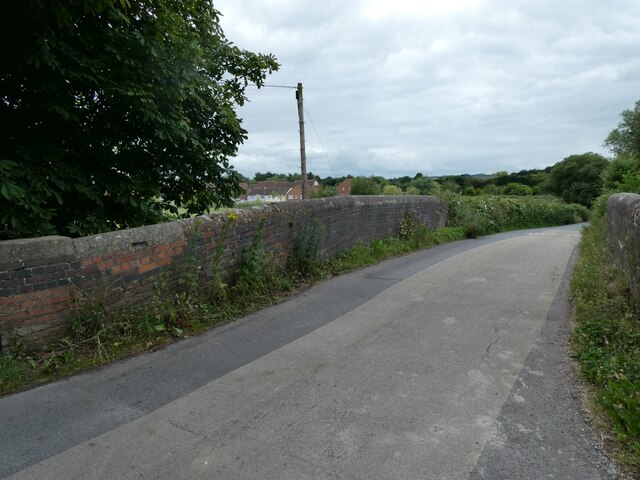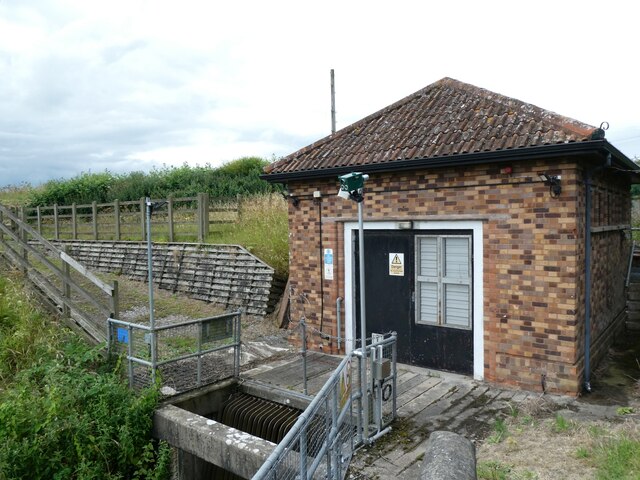Little Moor
Settlement in Somerset Sedgemoor
England
Little Moor

Little Moor is a small village located in the rural county of Somerset, England. Situated in the southern part of the county, it lies approximately 10 miles southwest of the town of Taunton. The village is nestled amidst picturesque rolling hills and enjoys a tranquil and idyllic setting.
With a population of around 200 residents, Little Moor is known for its close-knit community and friendly atmosphere. The village primarily consists of traditional stone-built houses, giving it a charming and rustic feel. The surrounding countryside offers beautiful views and provides ample opportunities for outdoor activities such as hiking, cycling, and horseback riding.
Although small in size, Little Moor has a few amenities to cater to the needs of its residents. These include a local pub, a village hall, and a small convenience store. The village is also home to a primary school, making it an attractive place for families with young children.
Little Moor is conveniently located within reach of larger towns and cities. The nearby town of Taunton offers a wider range of amenities, including shopping centers, restaurants, and leisure facilities. The village is well-connected by road, with easy access to the A358, making it accessible to commuters and visitors alike.
Overall, Little Moor offers a peaceful and picturesque setting for those seeking a quaint village lifestyle, combined with the convenience of nearby amenities and transport links.
If you have any feedback on the listing, please let us know in the comments section below.
Little Moor Images
Images are sourced within 2km of 51.088253/-2.9623875 or Grid Reference ST3232. Thanks to Geograph Open Source API. All images are credited.








Little Moor is located at Grid Ref: ST3232 (Lat: 51.088253, Lng: -2.9623875)
Administrative County: Somerset
District: Sedgemoor
Police Authority: Avon and Somerset
What 3 Words
///yoga.moved.learn. Near Westonzoyland, Somerset
Nearby Locations
Related Wikis
Northmoor Green
Northmoor Green is a village in south central Somerset, England, that is more commonly known as Moorland, and sometimes mistakenly called Fordgate even...
Westonzoyland Pumping Station Museum
The Westonzoyland Pumping Station Museum of Steam Power and Land Drainage is a small industrial heritage museum dedicated to steam powered machinery at...
Petherton Park
Petherton Park (also known as North Petherton Park or Newton Park) was a Deer park around North Petherton within the English county of Somerset. The origins...
Bridgwater Canalside Centre
The Bridgwater Canalside Centre was renamed 'The Canalside' in February 2008 and is a facility located near to the village of Huntworth on the outskirts...
Nearby Amenities
Located within 500m of 51.088253,-2.9623875Have you been to Little Moor?
Leave your review of Little Moor below (or comments, questions and feedback).












